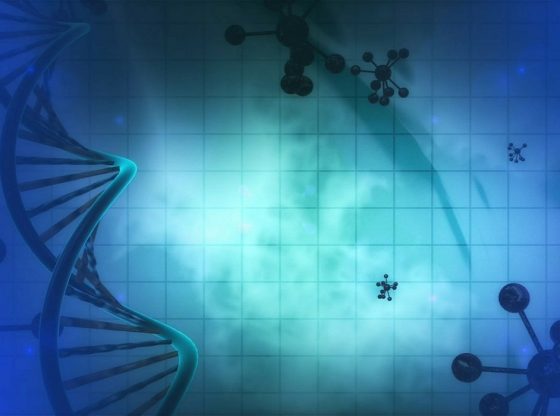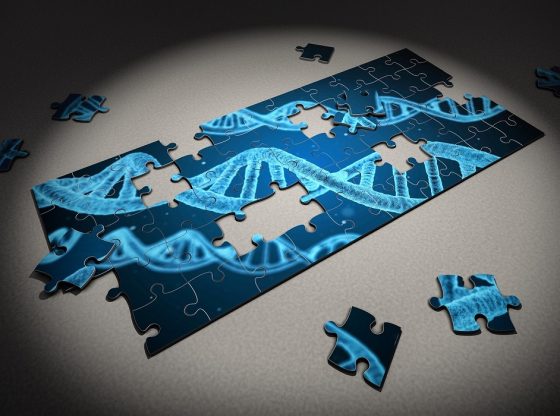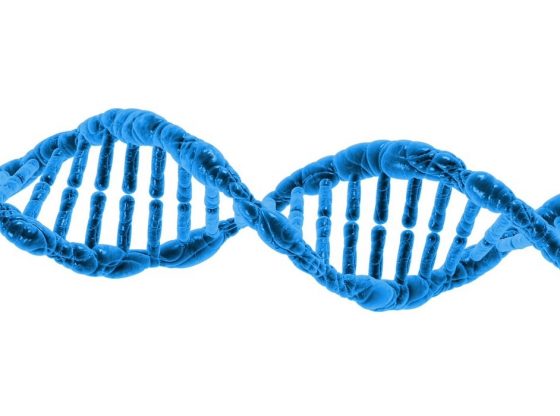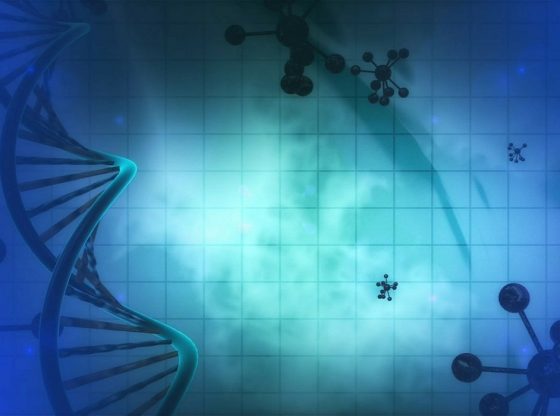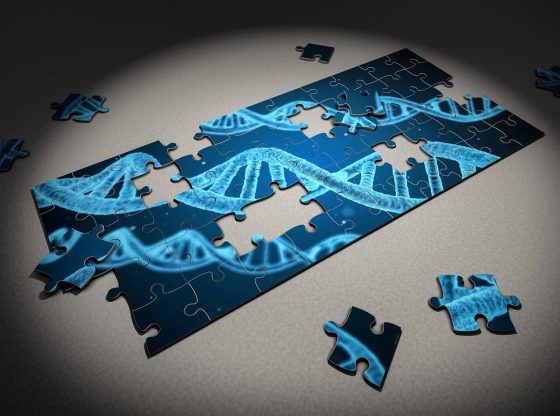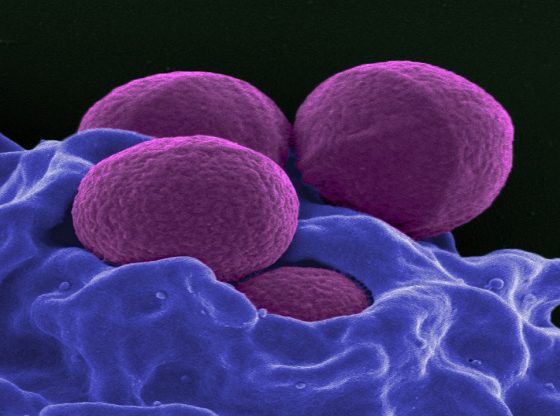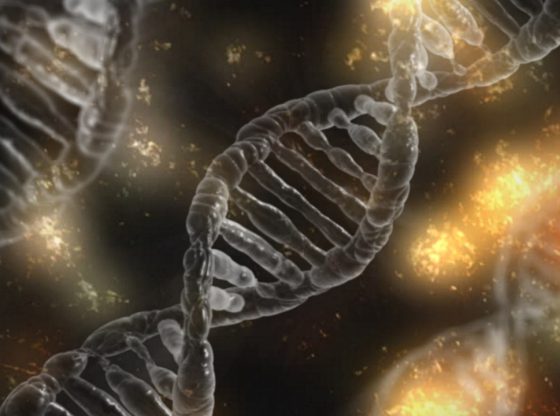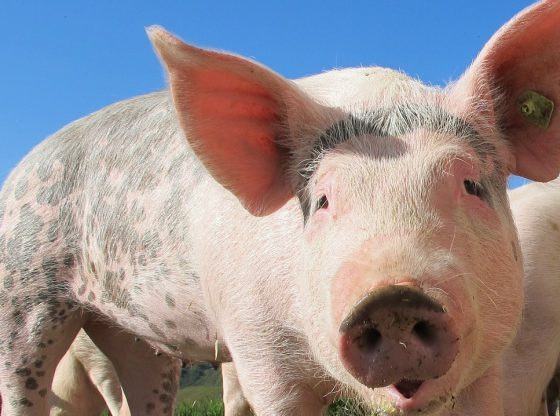American researchers have modified human embryos to remove a gene that causes heart disease.
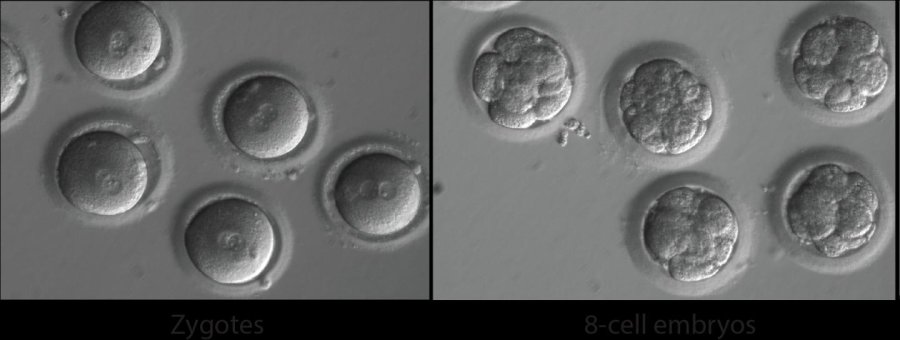
Credit: OHSU/Mitalipov lab
For the first time, researchers in the United States have managed to remove genes that cause hereditary diseases in human cells. The method used is the now famous CRISP method, arguably one of this millennium’s greatest scientific breakthroughs.
In 2012, researchers developed CRISPR technology that can accurately locate and cut out small pieces of DNA sequences and replace them. The implications of this technology are staggering; For example, researchers can cut out diseases from the genes of an organism.
So far, CRISPR has been used to include gene therapy, cut out damaged gene sequences are replace them with healthy. It is performed on the individual patient so that the original DNA is still passed on to the children of the child.
Another way is to eliminate diseases in ovary or sperm prior to fertilization. Or to use CRISPR so early in the embryo’s (foster) appearance that the cell division has not started seriously. There would be an intervention that becomes hereditary.
Curing genetical diseases
Two years ago, Chinese researchers succeeded in changing DNA in living human embryos. Now, a research team in the United States has taken the technology further still and removed hereditary diseases in a human fetus.
This is the fourth study to modify a human embryo published in a scientific journal. The previous three studies were all performed in China.
In this case, the man carried a gene that causes heart disease, and the greater the chance of healthy embryos for in vitro fertilization, the greater the chance of a successful pregnancy.
The researchers CRISPR-Cas9 genetic modification technology to remove the disease variant of the gene when it passed the sperm to the embryo. At the same time, they managed to avoid some of the accidental mistakes that occurred in the Chinese trials, by which the gene manipulation also cut in other places in the genome than planned. However, the scientific article about the trial has not been published yet, so the details are yet to be presented.
The incorrect DNA sequence is then cut out but mended by the cell’s repair system, either using a healthy gene copy from the mother or from an artificial DNA template that the researchers added.
Unlike the few similar studies previously made to human embryos, these researchers have managed fully healthy embryos. Probably due to having used genealogy technique when fertilization occurs, instead of waiting until afterward.
But there is a long way left before the technology is safe enough to be used for embryos that will develop further for more than a few days inside a lab like this.
Designer children
Several ethical dilemmas are associated with CRISPR and have triggered speculations about designer children, allowing parents to essentially order blue-eyed, tall and high IQ children. But scientists call for reflection. It will take many years before the technology reaches that level.
Reference:
Hong Ma et al. Correction of a pathogenic gene mutation in human embryos. Nature August 2, 2017. DOI: 10.1038 / nature23305

